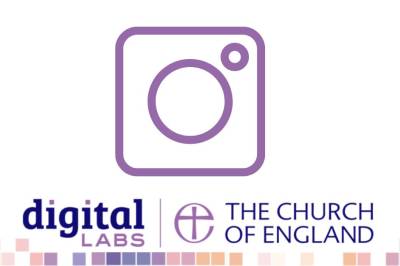16/06/2022
Alt text (alternative text) tags
Alt text is a short phrase describing an image so that it can be read by those with visual impairments using a screen reader. When writing the description, use relevant words and don’t copy the caption – remember to paint a picture with your words. Note, alt text can only be read by those using a screen reader.
Some social media networks may generate Automatic alt text using object recognition technology to create a visual description of the image. This automatic alt text can be edited so that the description is more accurate.
Follow the guides below to create and edit alt text on social media.
Emojis
Emojis can add character and personality to your caption. Screen readers can read emojis out loud, however, too many emojis within a caption may make it harder to understand the message.
For example:
We’ve 👏🏼got 👏🏼some👏🏼 news!
A screen reader would read this caption like this:
We’ve clapping hands got clapping hands some clapping hands news exclamation mark.
Also:
We’ve got some exciting news! 😀😎🤩👀
Check the 🔗 link in our bio for a special announcement!
Would be read like this:
We’ve got some exciting news exclamation mark grinning face smiling face with sunglasses star-struck eyes. Check the chain link in our bio for a special announcement exclamation mark.
As you can see, the emojis are getting in the way of the message. Here are some simple tips for using emojis in a caption:
Do
- Keep to one or two emojis per caption
- Add them at the end after the call to action
- Keep them relevant so that the emoji description will add value to the caption
Don't
- Spread them throughout the caption
- Use more than three
- Use random emojis just for the sake of it
Hashtags
Using hashtags can help your posts to be seen by more people on social media. You can find out more about using hashtags on church social media profiles here.
When you write a hashtag, capitalise the first letter of each word like this: #DigitalLabs, rather than #digitalabs. You'll find the hashtag easier for everyone to understand, including those using screen readers.
Just like emojis, they should be included at the end of the caption so that the message is understood clearly, as in the example below.
Subtitles
It’s important the videos we create are available for all to access and enjoy, including those with a hearing impairment. The Church of England includes subtitles on all videos it produces for Instagram, Facebook, Twitter and YouTube. Find a complete guide to adding subtitles on your church social media here.
Keep up to date with all things digital and join our Digital Labs newsletter




